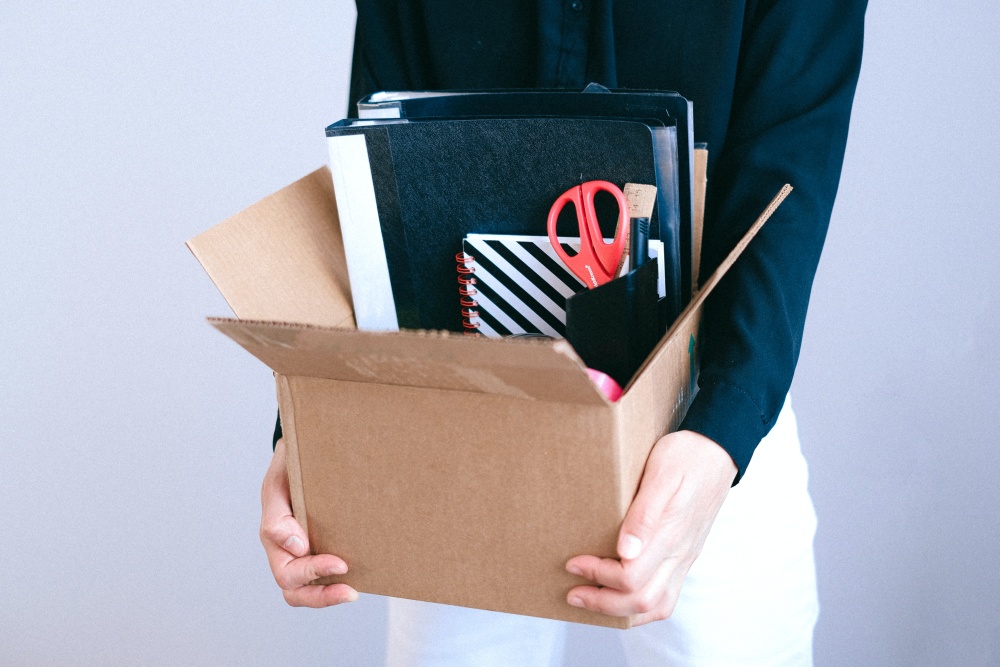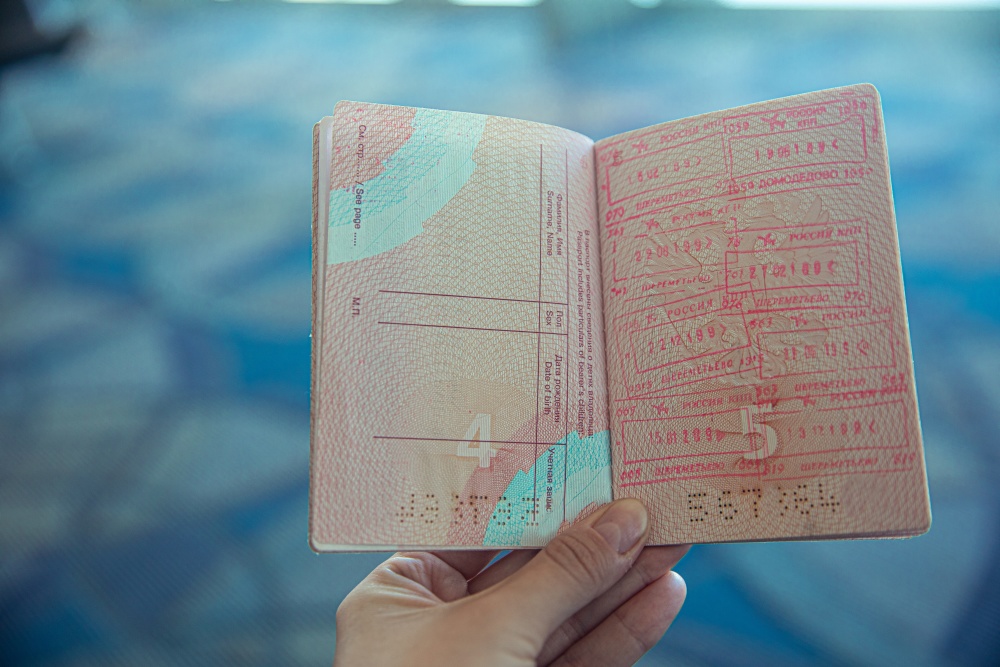Updated April 3, 2025
Unemployment in Japan: Are You Eligible? [2025 Guide]
Unemployment isn’t a desirable scenario, but knowing what to do when it happens can take some of that chilling anxiety away.
Think of it as preparing an earthquake kit. You don’t want to imagine ever having to use it since even the thought of it is too unpleasant to bear. Yet, that’s exactly why you should prepare one.
It gives you peace of mind.
In today’s post, I’ll talk about Japanese unemployment insurance, how you can benefit from it, and the benefits you’ll receive if you’re ever out of a job.
Let’s start by looking at unemployment in Japan, then I’ll explain the unemployment system in detail.
In this article: 📝
Japan’s Unemployment Rate
If you’re not living in Japan, you may be under the impression that there’s no unemployment here. Most people think that strong work culture and economy are enough to prevent people from being unemployed.
That’s not entirely true.
Yes, Japan has one of the biggest economies in the world. The country has been boasting unemployment rates that would put some of the most powerful countries in the world to shame.
However, Japan is also among the leading countries with the largest population. This fact comes with a few consequences.
Even though it’s not as bad as the rest of the world, unemployment is still a thing here. As of 2022, the unemployment rate is at 2.8%. While this is a very low rate, things have been changing over the past few years.
Ever since the economic recession of 2008, the country has been improving its economy and consistently decreasing unemployment rates. However, the last couple of years’ report shows increased rates.
After all, a global economic crisis is upon us again, affecting the unemployment rates of even the strongest economies.
Well, good thing that there’s a system in place when worst comes to worst.
Japanese Unemployment System

Japan’s unemployment insurance system is an initiative of the Japanese Ministry of Health, Labor, and Welfare.
The government manages the unemployment insurance system through an employment service center called Hello Work, and the insurance is called koyou hoken (雇用保険) in Japanese. You may also hear it being referred to as shitsugyou hoken (失業保険).
Hello Work has offices all over Japan, and they help the unemployed find temporary or permanent jobs, in addition to handling unemployment insurance payments.
If you happen to be out of a job and can’t seem to find a new one anytime soon, Hello Work will be your go-to for all your needs.
Hello Work offers two different kinds of unemployment benefits. These are unemployment insurance and worker’s accident compensation insurance. Let’s take a closer look at them.
Unemployment Insurance
The unemployment insurance in Japan is called shitsugyou hoken (失業保険), as I mentioned above.
You must have worked in Japan and contributed to this insurance type for at least six months to benefit from it.
This insurance type is for when you are unemployed for a legitimate reason and need help while you look for a job. The term ”legitimate” is important here.
You need to be out of a job for a reason, and you also must be actively looking for a job.
Untimely or groundless termination of your contract counts as a valid reason. Unfortunately, sickness isn’t a valid reason, but if you have a chronic illness or condition causing you to miss out on job opportunities, that could work.
Another insurance you can get in Japan when you’re ill is the Workers’ Accident Compensation Insurance. Let’s have a look.
Workers’ Accident Compensation Insurance
The other type of unemployment insurance that exists in Japan is workers’ accident compensation insurance. It’s officially called “Rōsai hoken (労災保険 )” in Japanese.
As you might have guessed, you need a much better reason to benefit from this one.
Jokes aside, this insurance is for when you become incapacitated to work because of a work accident. The insurance is mandatory as part of Japan’s labor law, and all employers are mandated to enroll in this insurance type.
You can benefit from accident compensation insurance when you’re sick due to work or had an accident at the workplace that has left you unable to work.
The coverage of the insurance also extends to include your commute. This means that accidents that happen on your way to/from work will also count.
As opposed to the Shitsugyou hoken, there’s no minimum time period you need to fulfill before you’re eligible for the Rōsai hoken.
Who Can Benefit From Unemployment Payments in Japan?
As I mentioned, there are several criteria that you need to fulfill to be eligible for any of these insurance types. Like the 6-month requirement for the Shitsugyou hoken, but that’s only to receive the minimum.
In order to have substantial benefits, you’ll have to pay your contributions for at least 12 more months.
If you’re an employee during this process, you don’t need to worry about a thing. Japanese law mandates that the employer pays all the contributions in your name. Employers deduct it from your gross salary each month, just like your pension and health insurance contributions, and you get what’s left: the net salary.
However, if you're a freelancer (業務委託 Gyoumu-itaku), you are not eligible for unemployment benefits. They're only for employees of companies: Seishain (正社員), Keiyaku-shain (契約社員) or dispatch workers (派遣社員 Haken-shain). Of course, freelancers don't pay unemployment insurance, so it makes sense that they would not receive the benefits.
Remember that to benefit from unemployment payments, you’ll need to prove to Hello Work that you’re actively looking for jobs. The payments are a temporary measure to support you until you find a new job and get back on your feet.
How to Apply for Unemployment Benefits in Japan

As I explained above, once you become unemployed, you’ll be eligible for unemployment payments until you find a new job. The first thing you need to do for that is to contact Hello Work.
Go to Hello Work Offices
When you go to a Hello Work office, you’ll need to inform them of your unemployment by filling out a simple form you can find there. However, you’ll also need several other documents to file your application. These are
Your Rishoku-hyo, which is a "letter of separation" or other formal record obtained from your former employer detailing your compensation, employment history, and grounds for leaving your position,
Your residence permit card,
Your Hanko, which is your personal seal that you use for official paperwork in Japan,
Your bank account details,
A photo taken in the last 6 months, and
Your My Number Card, which has your 12-digit ID number.
By submitting these documents, you take the first step toward getting unemployment payments. Next up is getting your unemployment certification.
Get the Unemployment Certification
Once your application has been submitted and processed, you’ll have a meeting at the Hello Work office. During this meeting, you’ll be briefed about the unemployment process, and what you need to do in order to keep receiving payments.
After this meeting, you’ll get your unemployment certificate and unemployment insurance eligibility certificate. The waiting period depends on the circumstances, but in the fastest case it will be 7 days. And after that period, your payments will begin.
How Do You Receive Unemployment Payments in Japan?
Once your unemployment payments start, you’ll have to visit the Hello Work offices once every four weeks. It’s to prove that you’re actively looking for jobs but remain unemployed.
It’s sufficient to show that you applied to at least 2 jobs in a month. You'll keep receiving the payments if you can prove these two attempts each month.
Keep in mind, however, that these meetings at Hello Work are very important. Once you pick a day of the week, the following meetings will all be on the same day of the week.
Rescheduling these appointments is a pain, so make sure to pick a day when you’ll be free every week to avoid any problems with your payments.
Lastly, don’t forget that there’s a limitation to this insurance. If you cannot find a job within a year, you’ll no longer be eligible for unemployment insurance.
However, if you’re on a work visa, you only have 3 months to find a new job. I’ll talk about this more in the “visa status” section.
How Much is the Unemployment Payment in Japan?
After you meet with Hello Work, you’ll be informed of how much you’ll receive. It’s hard to tell the exact amount because it changes depending on your most recent job.
Generally speaking, it’s safe to say that you’ll receive something between 50% and 80% of your last salary. You might think your payments will be closer to 80% if you were getting a good salary before your contract was terminated, but this isn’t how it works.
How much you get is decided by your last salary, indeed, but it’s the other way around.
If you’ve been earning an above-average salary at your last job, Hello Work will assume that you have more life savings than a person earning an average salary, and issue you a payment closer to a 50% margin.
Another factor that plays a role in how much you’ll receive is whether you quit your last job or have been let go.
If you quit, you’re more likely to be issued something closer to 50 percent, but if your unemployment was unexpected, i.e. you were fired, you’ll receive something closer to the 80 percent range.
Does Unemployment Affect Your Visa Status?

As I close out today’s post, I want to talk about one more thing that’s frequently asked about the unemployment situation in Japan.
Most people fear their visa status might be affected because they’re unemployed or are collecting unemployment checks.
If your job contract is terminated, your unemployment status won’t automatically affect your visa. However, you do have to find another job within 3 months if you want to stay in Japan.
The 3 months start once you apply to Hello Work, so you’ll get unemployment payments until you find a new job or the 3-month period ends.
Finding a job isn’t enough either. You need to find a job that is within the same field as your last place of work.
If you’re on a work visa as a foreigner and voluntarily resigned from your last job, you also need to fill and submit a form at the immigration office for your work visa to continue until you find a new job.
Of course, if you’re married to a Japanese citizen, you don’t need to worry about this. Since your visa status is related to your marriage, your employment status can’t affect your visa.
If you want to learn more about the visa types available in Japan, I recently wrote about this in my post, where I explained all the visa types available for engineers.
Final Thoughts
The unemployment insurance system in Japan is a functional one. If you know what to do and the limits of your rights well, you’ll be fine until you find that next job.
What matters the most is that you’re now familiar with the process and know what to do if you become unemployed.
As long as you actively look for a job, you’ll be fine, and chances are that you’ll find one in no time. If you’re having a hard time finding jobs as a foreigner, I wrote a guide where I talked about how you can find a job as a software developer in Japan which you can check out.
If you need a few pointers on how to write a good cover letter for your future job applications, check out my post, where I talked about it in detail.
Also, make sure to update your LinkedIn profile, so it’s good to go. If you want tips on creating a good profile, head on to my post about how you can make your tech LinkedIn profile stand out.
Get Job Alerts
Sign up for our newsletter to get hand-picked tech jobs in Japan – straight to your inbox.







